Sukkur is one of the oldest cities of Sindh, located on the western bank of the river Indus. It is the third largest city of Sindh after Karachi and Hyderabad.
Sukkur was established during the British era from a small hill named Sukkur, located on the island of Bukkur. It is also known as the “Gate of Sindh ”.
Ancient Mature Harappan and Indus valley civilizations dated between 2600 BCE and 1900 BCE can still be found.
The city is built on a low limestone ridge on the bank of the Indus river. It is surrounded by date palms.
The city’s economy primarily relied on agricultural produce and trading. The city is well connected with the rest of the country by road and rail network.
Let’s have a look at some of the historical places in Sukkur.
Adam Shah’s Tomb
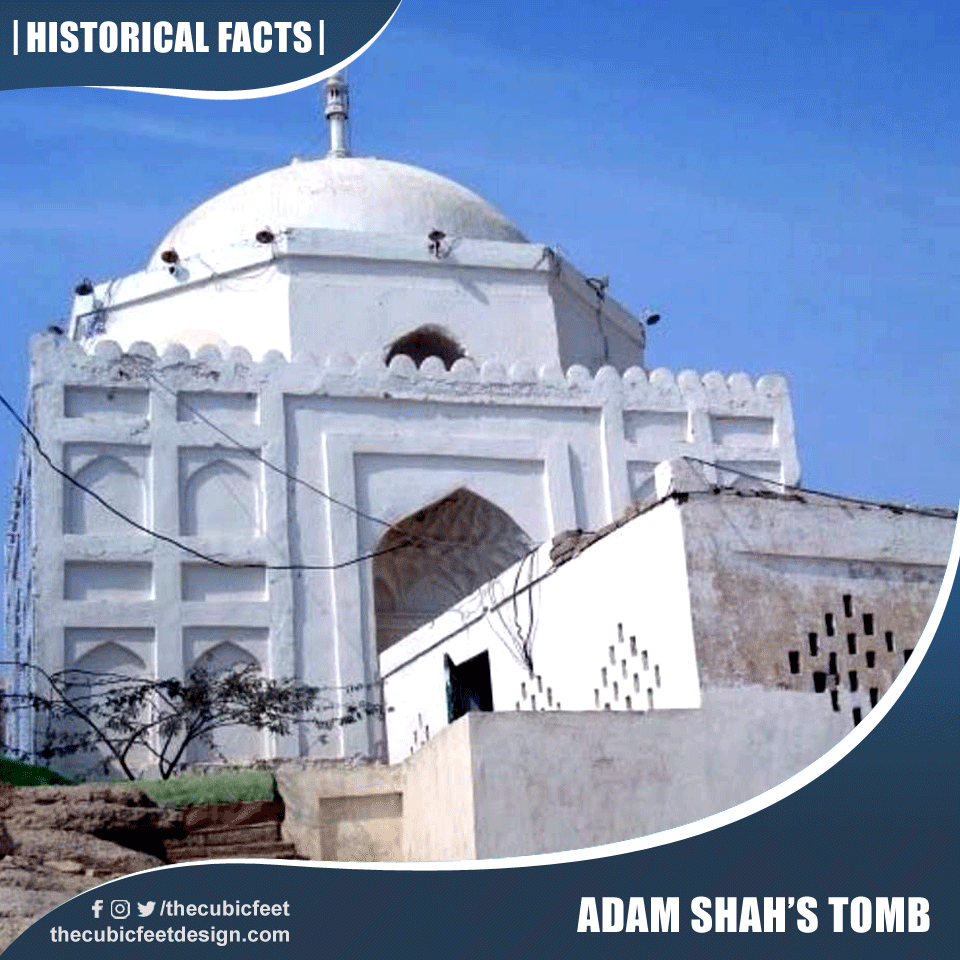
- Locally known as Adam Shah Ji Takri
- Mian Adam Shah Kalhoro was the ruler of Sindh in 1768 AD
- He was also a renowned saint and was believed to have spiritual healing
- His birthplace later became the epicenter of Islamic spiritual learning in Sindh
- It was built by Mian Ghulam Shah Kalhoro
- It is a historical landmark that attracts tourists and believers to visit throughout the year
- The tomb is of crescent white color with the front painted in icy grey and blue color.
- Adam Shah was martyred and thus gain the status of Saint marked by many tribes of Sindh
Ghanta Ghar
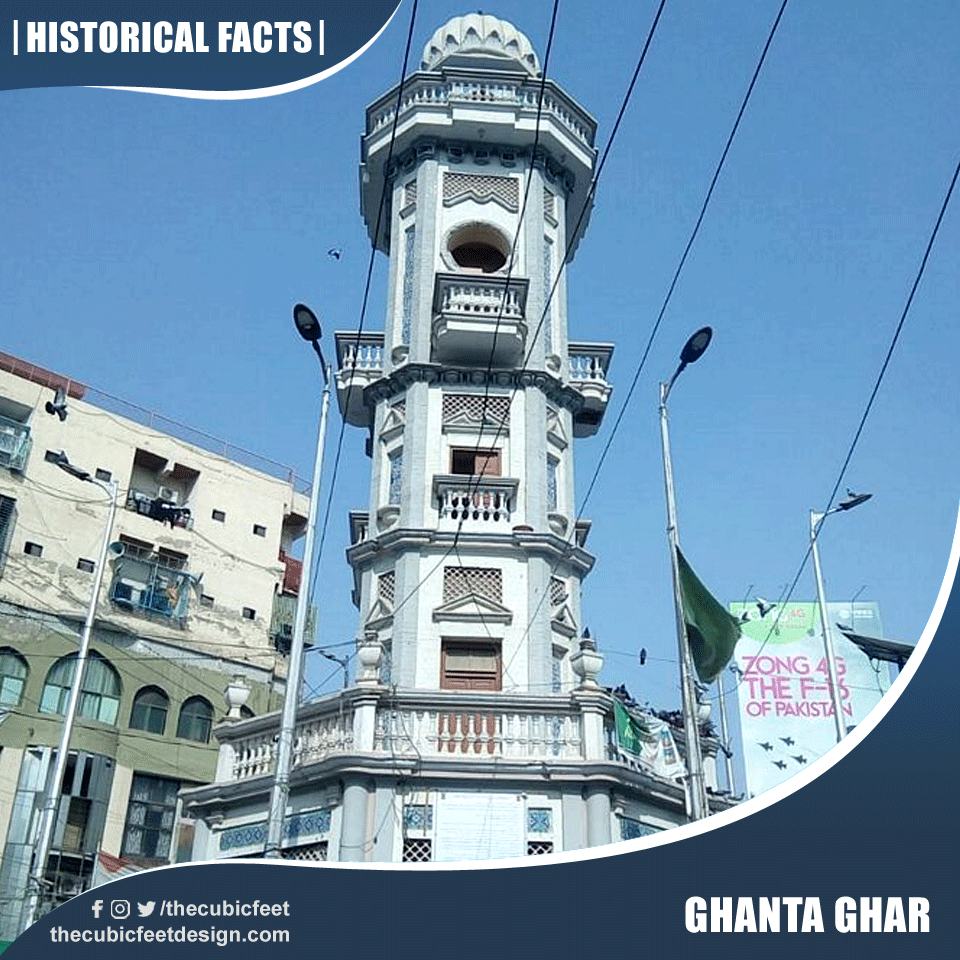
- One of the most important landmarks of the city
- Located in the center of the city
- Surrounded by Victoria market, Mehran Markaz, and shopping malls
- Hindu businessman Seth Wadho Mal Nebhau Mal Manjhari constructed this tower to mark the silver jubilee of King George V.
- It was inaugurated in 1937 but the Collector of Sukkur, Um Mirchandani
- It is 90-feet-high with four clocks on all sides
- Initially the clock tower used to buzz bell sound at each hour, especially at night when the city used to go to sleep
- Now the tower is in worn-out condition with encroachments surrounding it
Tomb of Seven Sisters
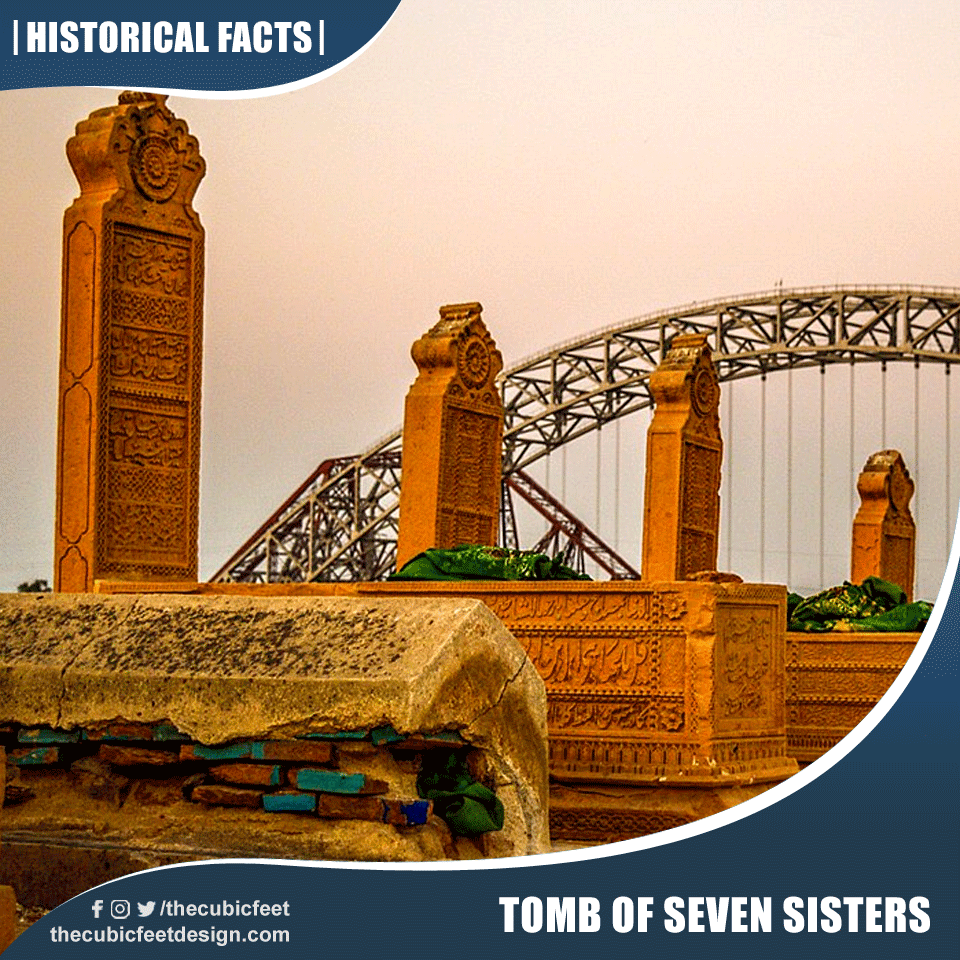
- Locally known as Sateen jo Aastan
- It is located on the left bank of the Indus river
- Place is also known as Safae-e-Safa
- It is known to be the resting place of seven female friends
- According to history, these friends veiled themselves from males known as purdah
- But fear of tyrannical raja made them disappear and take refuge in a nearby hill
- The folklore states that they later became satti and burnt themselves
- It is a beautiful place with enameled tile work on the tombs
Masoom Shah Jo Minaro
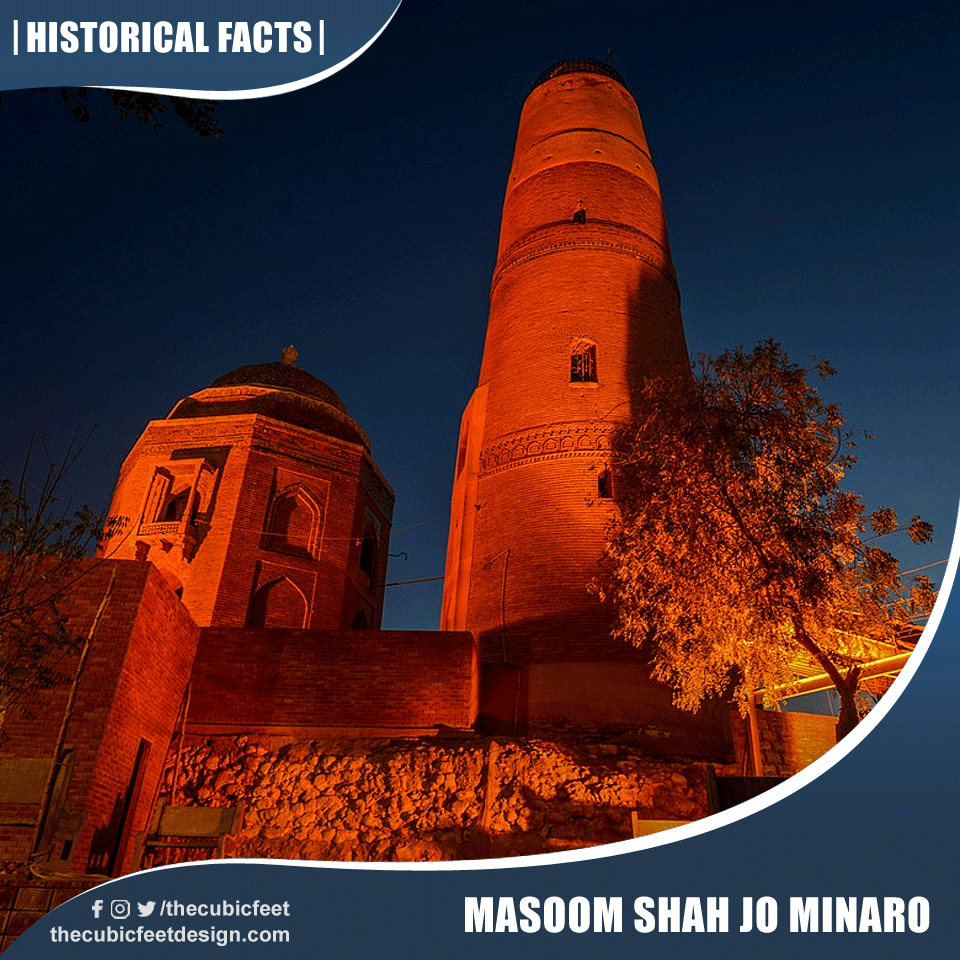
- Mir Muhammad Masoom Shah was a Muslim historian, physician, and pharmacist in the 16th century.
- He is known to have written the history of Sindh known as Tarikh I Sind or Tarikh I Masumi
- He was also one of the most trusted lieutenants of the Mughal emperor Akbar.
- He was appointed governor of Sind and Sibi by Emperor Akbar
- Minaret was built in 1607
- It is made out of red brick and is of a conical shape with s a slightly perpendicular style and a dome
- The dome has an access to an internal staircase made out of stone
- Minaret is believed to be used as a watch tower
- The courtyard of the minaret was turned into a cemetery
- Masoom Shah and his family members are buried here
Lansdowne Bridge
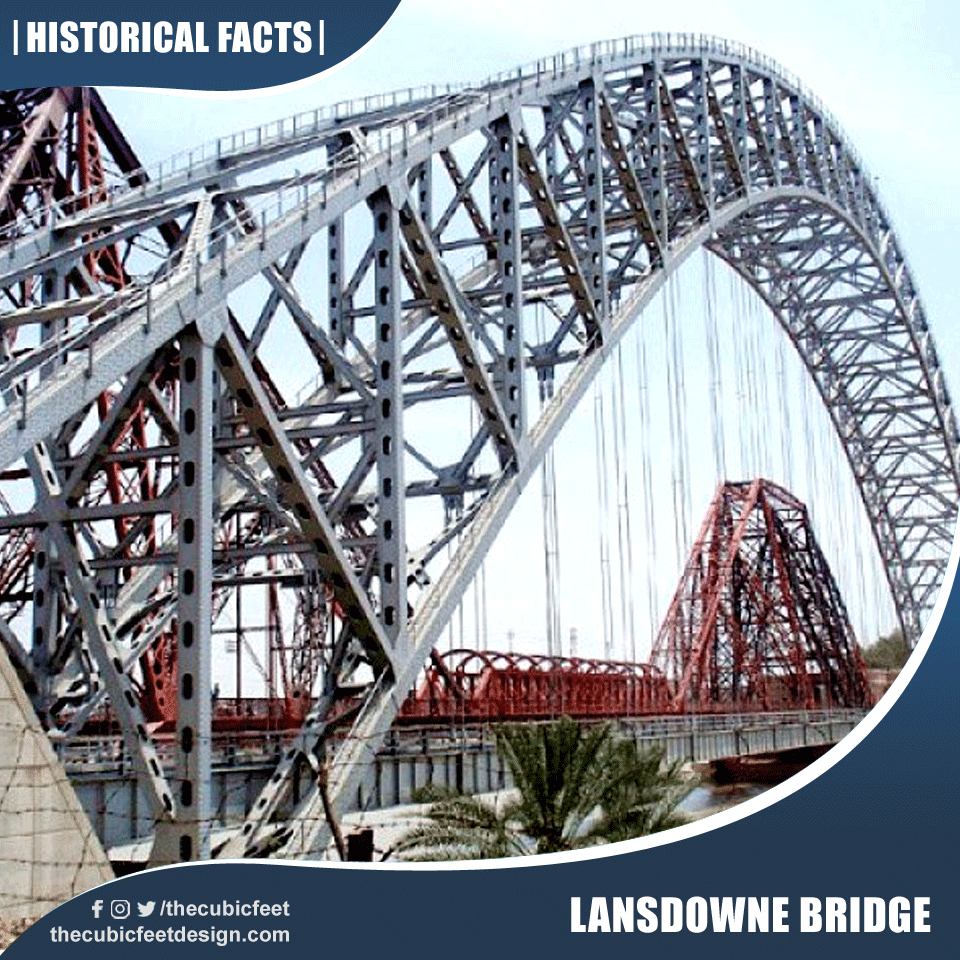
- One of the greatest engineering feats in the 19th century
- This bridge is located on River Indus
- It is the longest cantilever bridge ever built
- Bridge was inaugurated on 25th march, 1889
- Material used is iron and steel
- Longest span is 790 feet
- The architect was Alexander Meadows Rendell
- Allowed easier access to the railway between the province of Sindh and Baluchistan
Sukkur Barrage
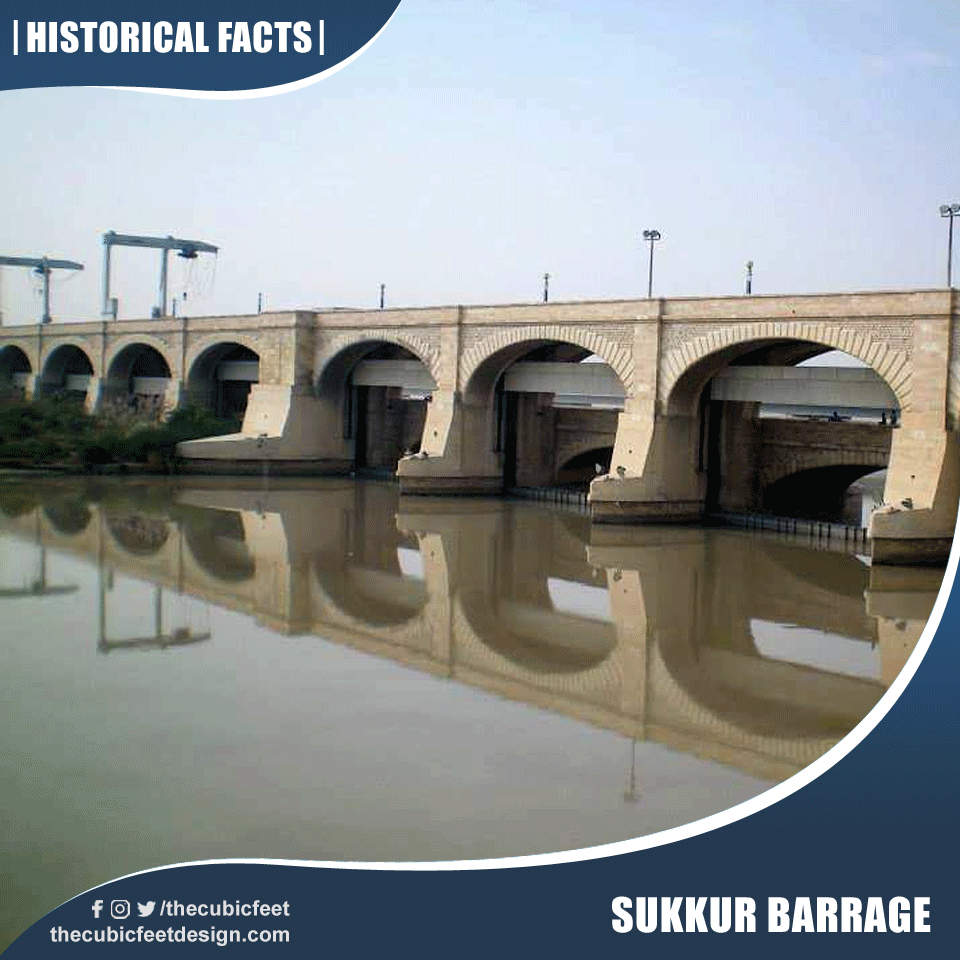
- Sukkur was initially named Lloyd Barrage
- It was built during the British Raj
- It was completed in 1932
- The barrage is one of a kind as it has the largest single irrigation network in the world
- Sir Charlton Harrison was the chief engineer
- It was opened by the 1st Earl of Willingdon, Viceroy of India
- The Indus river dolphins are often seen upstream of the barrage
- The experts believe that the barrage has the efficiency to work for another 60 to 70 years
Ayub Bridge
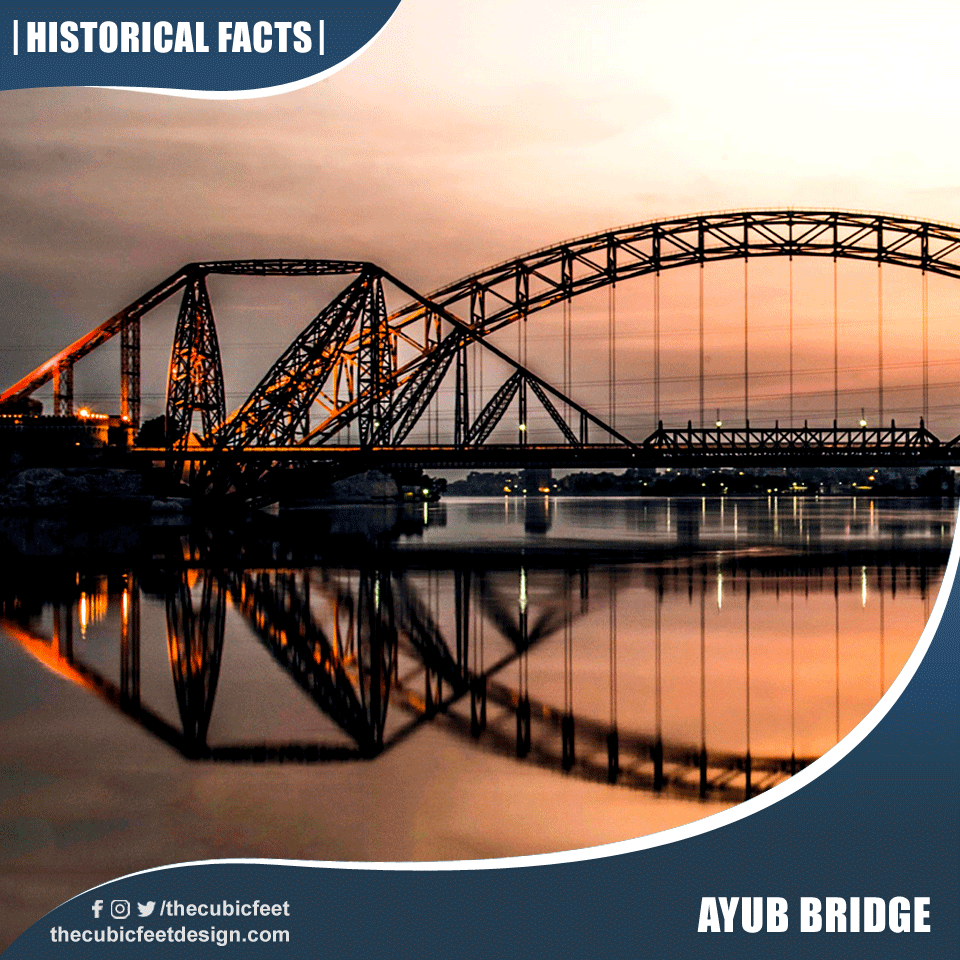
- This bridge was built on the Indus river connecting Rohri with Sukkur
- It is known as the world’s third-longest railway arch span
- It is the first railway bridge in the world that is slung on coiled wire rope suspenders.
- It was named after Field Marshal Mohammad Ayub Khan
- It is a railway bridge
- The bridge is about 806 feet long and 247 feet high
- Foundation stone of this steel arch was laid on 9th December 1960
- It was inaugurated by President Muhammad Ayub Khan on 6th May 1962
Arore Fort
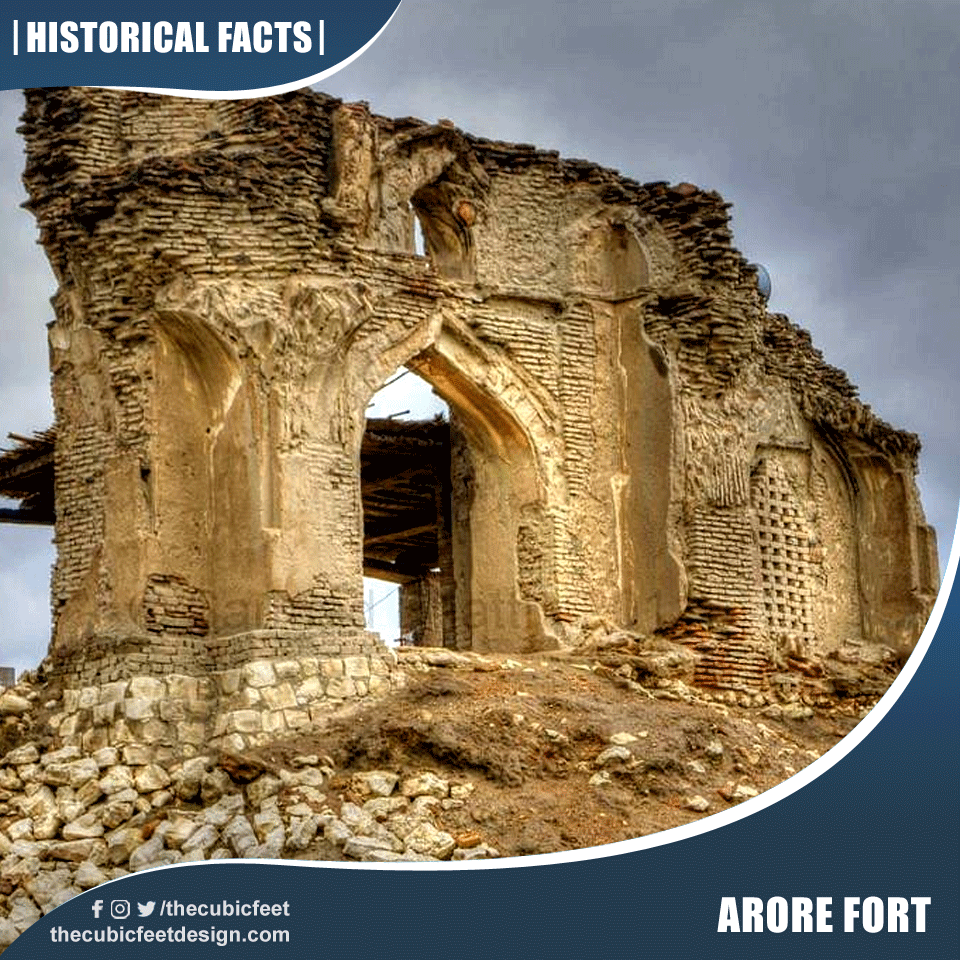
- Also known as Arorkot or Alore
- It was once the capital of Sindh
- Little is known about this important capital which has roots all the way in Buddhist literature
- It has a connection with the Arab invasion back in the 8th century CE.
- Aror is known to be the capital of the Arorh dynasty
- It was invaded and captured by Muhammad bin Qasim
- It was hit by an earthquake in 962 and it never return back to the same glory
Bukkur Fort
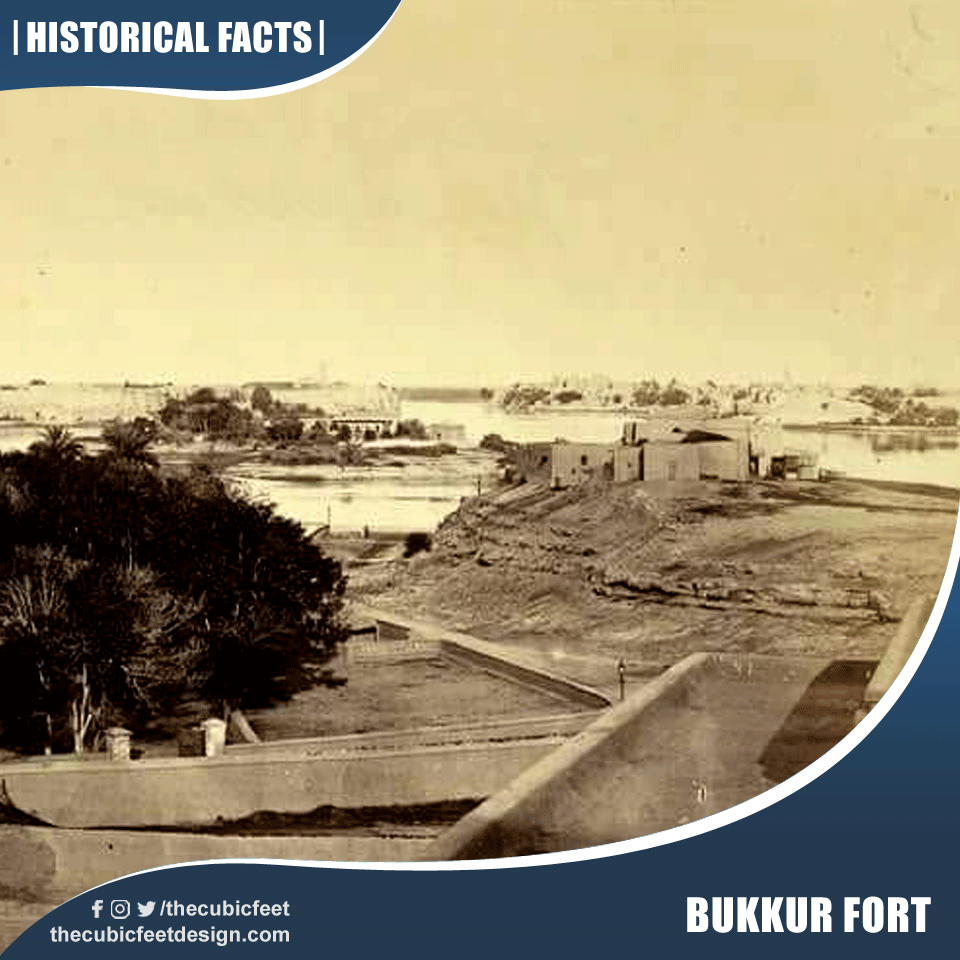
- Located in Rohri, Sukkur
- Bukkur means dawn
- It is an island made out of limestone and is oval in shape
- The Bukkur Fort is now isolated on a rock on the island
- The fortress was constructed of brick
- Its walls were loop-holed and flanked
- The towers could easily slop down into the water
- Its size is 800 yards long and 300 km in breadth
Also Read: Historical Landmarks of Hyderabad





